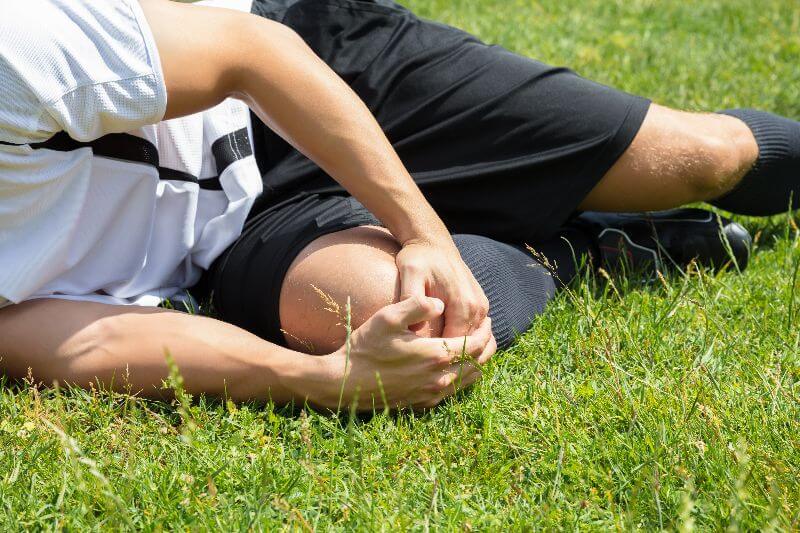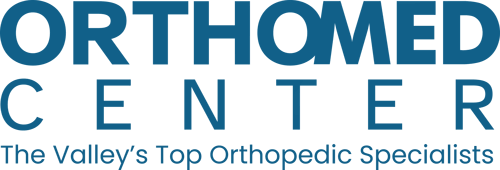Anterior cruciate ligament (ACL) injuries can be very painful and can cause significant loss of knee function. ACL injuries are among the most common knee injuries among athletes but can also occur in non-athletes.
In an ACL injury, our sports medicine fellowship-trained and board-certified orthopedic surgeons at OrthoMed Center are here to help. With proven treatment protocols and excellent care staff, we are committed to helping you recover.
The ACL is a ligament in the center of the knee joint. It crosses with the posterior cruciate ligament (PCL) in the form of an X.
The ACL, together with the PCL, controls the back-and-forth stability of the knee. The ACL helps stabilize the knee by preventing the tibia (shinbone) from sliding in front of the femur (thighbone).
ACL injuries are common among athletes who play sports like soccer, basketball, and football. The ACL may be injured during contact or collision, landing incorrectly from a jump, changing directions suddenly, making lateral motions, or coming to a sudden stop while running.
In some cases, the ACL may simply be sprained or partially torn. In these cases, a sprained knee may remain stable. In more severe cases, the ACL may completely tear, which typically results in symptomatic instability. A fairly good percentage of partial ACL tears with continued athletic activity may lead to a complete tear.
When the ACL is injured, you may feel a “pop,” and your knee may give out from under you. The knee usually swells the day of the injury significantly, and it may feel unstable when trying to walk on it. ACL injuries are often painful due to associated bone bruises and meniscus tears. Full range of motion may be lost due to swelling, pain, and meniscus tears.
If you are experiencing any of these symptoms following a knee injury, you should seek medical treatment as soon as possible.
The recommended treatment for ACL injuries depends on the severity of the injury and the patient’s activity level. At OrthoMed Center, our board-certified orthopedic surgeons, offer both surgical and nonsurgical treatment of ACL injuries.
Following an evaluation, your orthopedic doctor will recommend an appropriate course of treatment.
Nonsurgical treatment is usually recommended for older patients and patients with low activity levels who do not participate in high-risk activities, making the knee shift abnormally and giving out. Once an ACL tears, it will never heal again. This is due to the hostile environment of the knee joint. However, nonsurgical treatment may allow active patients to compensate for ACL deficiency.
Nonsurgical treatment for an ACL injury may include a knee brace and physical therapy to regain range of motion and muscle strength to help stabilize the knee.
Surgery is often recommended for patients who lead a more active lifestyle.
Since ACL tears often cannot be stitched back together, the ACL is typically reconstructed using a tissue graft. The graft, through a process called ligamentization, becomes the new ACL. The tissue graft used may be an autograft or an allograft. An autograft is taken from either the patient’s patellar tendon, the hamstring, or the quadriceps. An allograft is a graft obtained from a donor. Your orthopedic surgeon will consider many factors, such as your age and activity level, to determine which tissue graft is best for your procedure.
Typically, ACL reconstruction surgery is done arthroscopically. During an arthroscopically assisted ACL reconstruction, your orthopedic surgeon inserts a small camera called an arthroscope through a small incision. The camera displays images onto a monitor, allowing your orthopedic surgeon to reconstruct the ACL without the need for a large incision. Arthroscopic surgery often results in less blood loss, less pain after surgery, and quicker recovery times.
After ACL surgery, most patients can return to work in as little as 3 months. Patients who play sports or have physically demanding jobs can return to normal activity when there is no more pain and swelling in the knee, and full range of motion, strength, and function are restored.
Following ACL surgery, it takes athletes about 6 months to return to unrestrricted sports. The newly-constructed ligament must become strong enough to handle the stresses associated with sports activity, including jumping, pivoting, and sprinting.
Physical therapy is very important for full recovery. Patients need to participate in physical therapy and follow their orthopedic doctors’ instructions to achieve the best possible results.
At OrthoMed Center, we employ proven treatment protocols to help patients with ACL injuries achieve successful outcomes in recovery. Our fellowship-trained and board-certified orthopedic surgeons and care teams work closely with patients to ensure that their treatment and surgery (if needed) goes as smoothly as possible.
If you have any questions about ACL surgery or would like to schedule an appointment with one of our orthopedic surgeons, please call
(209) 524-4438 or
request an appointment online.



